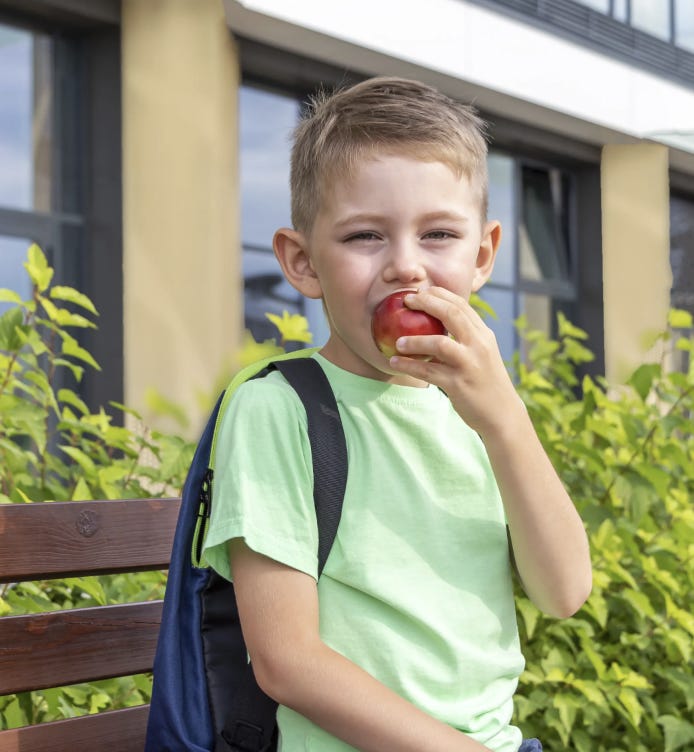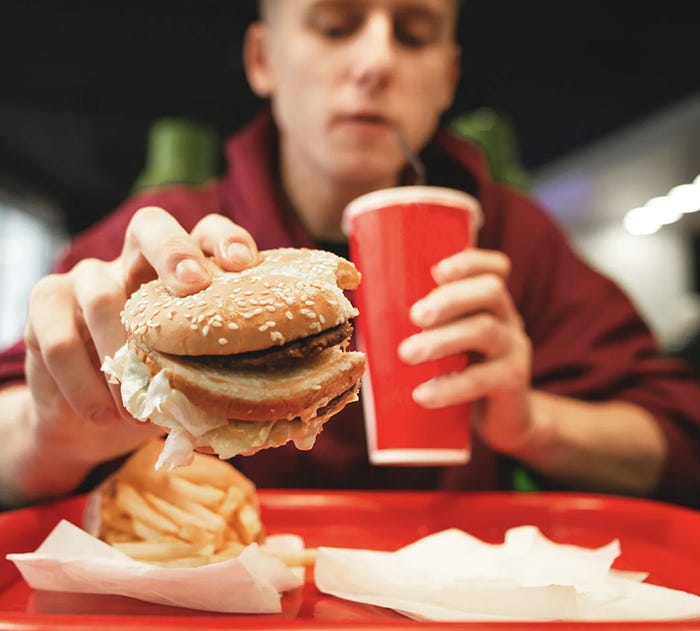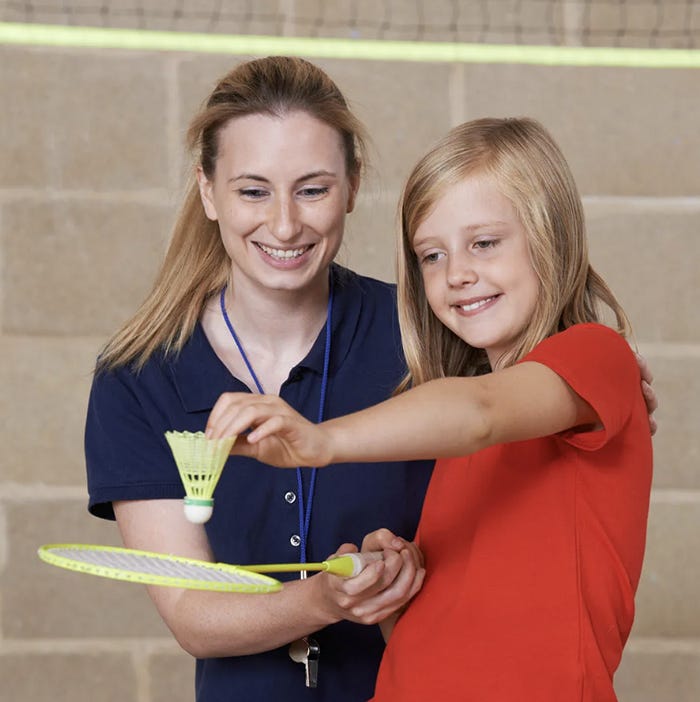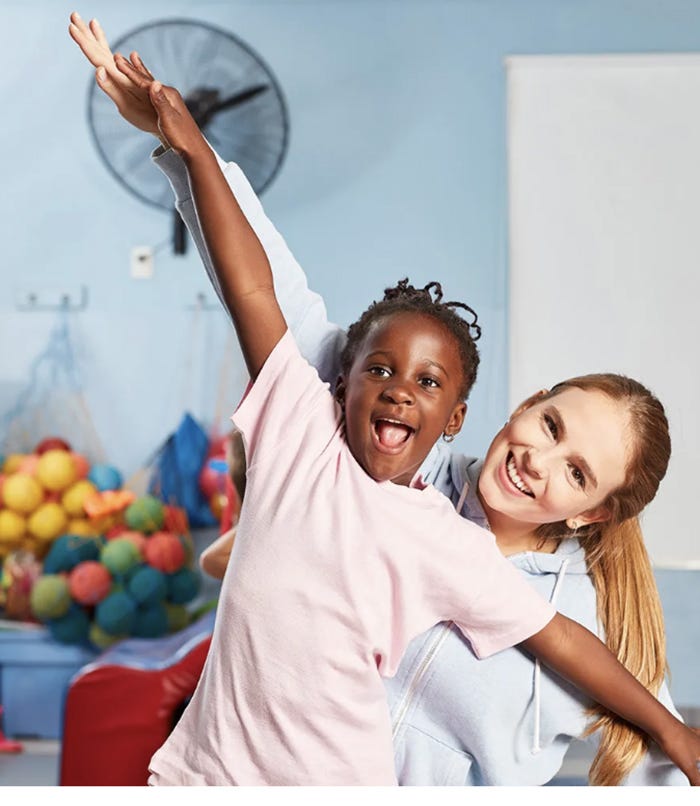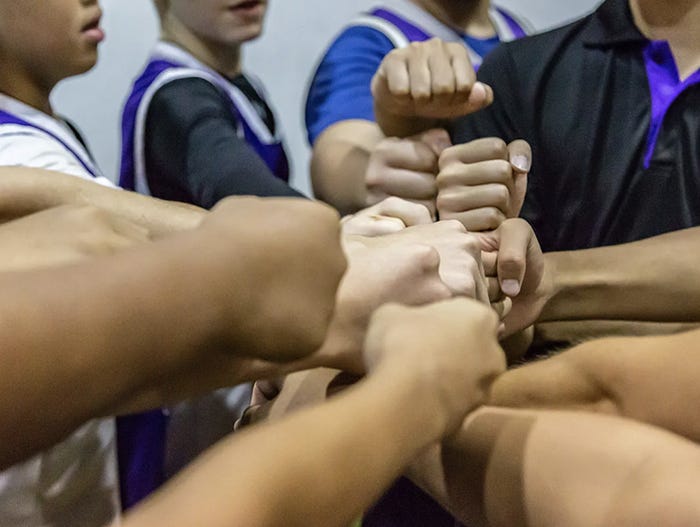National Athletic Training Month 2024: ATs are Essential!
- By School Health
- Mar 28, 2024
- 0 Comments


National Athletic Training Month 2024: ATs are…Essential!
As another memorable year of NATM wraps up, we want to extend our gratitude to all athletic trainers for their unwavering dedication to athletes everywhere. You are an essential piece of championship teams, the backbones of successful athletic careers, and the guiding light in challenging recoveries. Without you, athletes would lack the crucial support for success on game day.
Throughout March, we asked you to tell us why you love being an athletic trainer and what it means to you! Your responses provided a glimpse into the impact your athletes, profession, and community hold in your hearts.
Below are just some of the inspiring answers we received.
Why Do You Love Being an Athletic Trainer?
“The best part of being an AT are the connections you make with your athletes, coaches, and the community. The longer you are part of a community, the more valuable you are, and I wouldn’t want to leave my high school community for anything!” -Heidi B.
“The secondary school setting is something special! The kids sometimes call me "mom" because they know I'm available for them for whatever they need! If they get hurt, need a band aid, need some advice, or need to vent, I'm there for them! I love watching them return to play the games they love so much. They make my job so enjoyable!” -Amanda H.
“I absolutely love being an AT! Helping others return to the sport or the activities they love is very fulfilling. It's sometimes a journey to get there, but I love being able to support those along the way.” -Liz E.
“I love being an athletic trainer because you get a chance to teach the athletes what it takes to bring the best out of themselves. I love encouraging them, especially after they've gotten injured. I have always been able to make them better than they were even before their injury. I just love my job.” -Gary C.
“I love being an AT because it allows me to build relationships and be in an athlete’s corner when they may feel like they have no one. Being an advocate for student athlete mental health is one of the most rewarding and crucial things about my job.” -Alec P.
“I love being able to be there for every aspect of my athlete’s needs- the mental, physical, and emotional needs that the athlete has in every stage of his/her/their career is so important to me! I love being on the sidelines and seeing my athletes through every stage of their career, as well as their wins, losses, injuries, and comebacks. I love what I do and have been doing it for the past 23 years!” -Mary H.
“My favorite part is being a preceptor. Being able to show my passion for this profession to aspiring ATs, so they go out and make a difference in hundreds or thousands of athletes' lives, is something that I couldn't go without. Even if we don’t get a 7-figure salary, our profession has so much to offer, and it puts a smile on my face to see each new generation coming through.” -Steve B.
At School Health, we know an athletic trainer faces new challenges and lessons daily. Thank you for always being there for your athletes and working tirelessly to ensure they’re prepared for every game and practice, all while inspiring them along the way.









